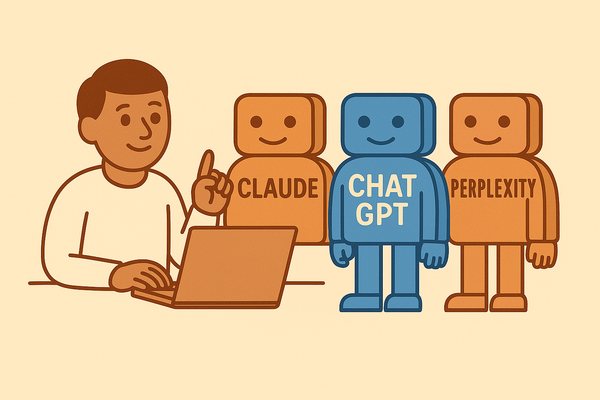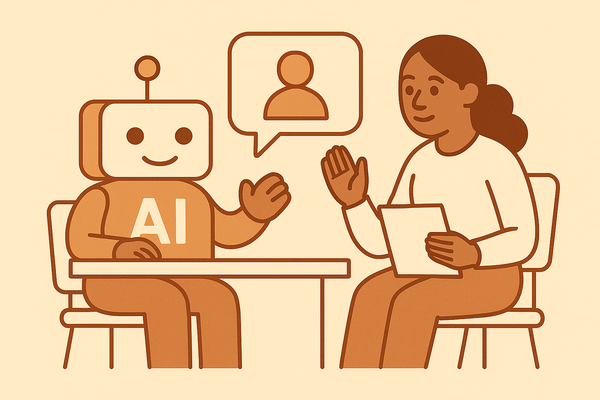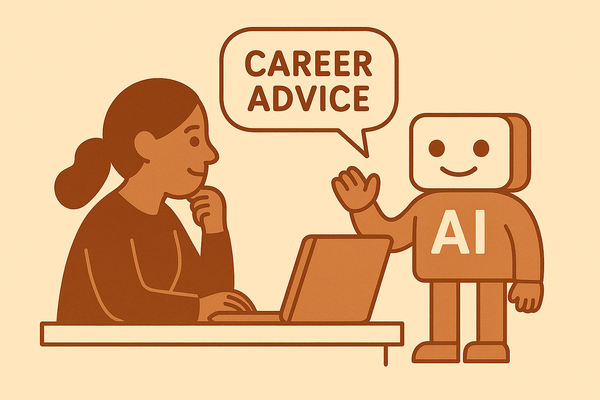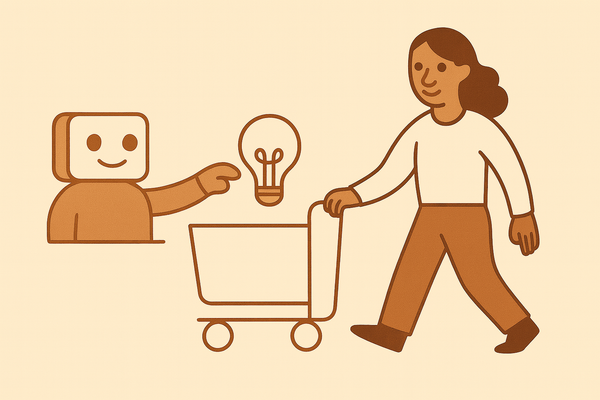How to Stand Out When Everyone’s Using AI
Why discernment is your real advantage in the AI era.
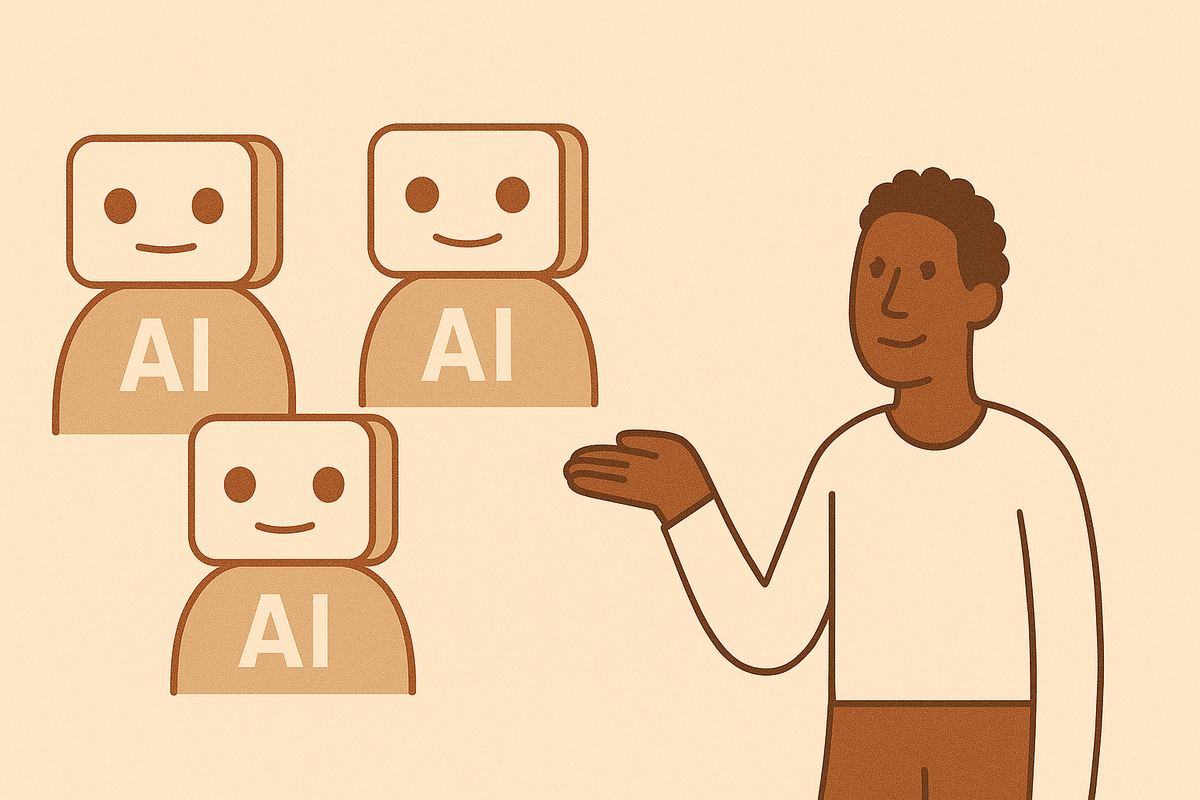
As a recent AI entrepreneur, I’ve been learning fast. New tools. New workflows. New ideas. But one concept that stood out and stuck with me is the idea of a moat.
In business, a moat is a competitive advantage that protects your value. It’s hard to copy. It gives you staying power. And right now, as AI changes how we work, automate, and create, this idea is no longer optional. It’s essential.
Because here’s the reality: the future of work won’t reward just speed. Or volume. Or who can produce the most the fastest.
It will reward those who can discern.
AI can do a lot. It can write the email. Draft the pitch. Design the deck. Even mimic your tone. But it cannot decide what’s worth sharing. What fits your context. What resonates with your audience. What moves your ideas forward with clarity and intent.
That gap is where taste lives.
Taste isn’t a luxury. It’s a moat. And in a world where tools are accessible to everyone, it may become the most important advantage you have.
The people who thrive in the future of work will not be the ones who generate the most. They will be the ones who know what to generate, when, and why. The ones with sharp judgment. A refined filter. A sense of what works.
That’s taste.
And here’s the key: it’s not something you’re born with. It’s something you train. Just like writing. Or designing. Or leading. Taste is a muscle. And you can strengthen it starting today.
In an AI-saturated world, your edge isn’t production. It’s perception.
Here’s how to build your moat:
- Study great work across industries: Don’t just track your niche. Look at sharp writing, clear UX, compelling storytelling. Ask: Why does this work? What choices made it effective?
- Compare, don’t just consume: When you see two versions of something, pause. Which one is stronger? Why? Learning to compare is how you build your judgment.
- Reflect consistently: After you read, watch, or create something, take a moment to ask: What landed? What didn’t? What would I do differently?
- Edit your own work: Editing is not just about polish. It sharpens your instincts. It helps you develop a feel for what’s too much, what’s not enough, and what’s just right.
- Raise your inputs: If you want to create high-quality output, you need to consume high-quality input. Read better books. Follow sharper thinkers. Tune your attention to the signal, not the noise.
- Use AI as a teammate, not a tool: Ask it better questions. Challenge its output. Request alternatives. Use it to stretch your thinking, not replace it.
And just as important: surround yourself with people who have taste. Learn from those who curate well, not just those who create a lot. Borrow their lens until yours becomes sharper. Taste is often about recognizing patterns, and that recognition grows through exposure.
Because the future of work is not defined by how much you can make. It’s defined by how clearly you can see.
Everyone has access to the same tools. Everyone can click “generate.” Everyone can flood the zone with content. But not everyone knows what to say, how to say it, or when to hit publish.
Your ability to choose wisely, edit ruthlessly, and share intentionally is what sets you apart.
That’s the moat.
This is not about being trendy or polished. It’s about being intentional. The people who succeed will not be those who chase volume. They’ll be the ones who filter for value.
You don’t need to outproduce. You need to outdiscern.
And yes, you can build that.
Start today. Tune your inputs. Observe with purpose. Reflect often. Ask better questions. And above all, care enough to notice what matters.
Because in the end, the people who thrive in the AI era won’t be the ones who use it the most.
They’ll be the ones who use it with taste.

